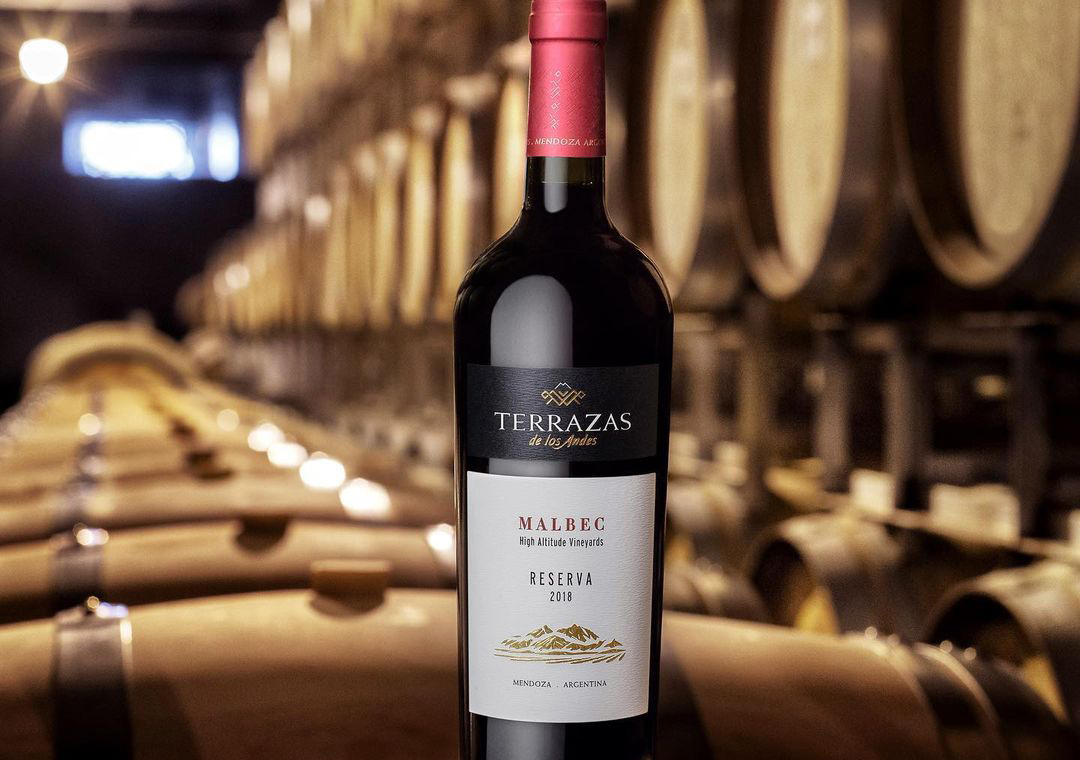No products
Categories
- Fashion Accessories
- Clothing
- Beauty & Lifestyle
-
Hi-Tech & Lifestyle
- Gaming
-
Case
- iPhone 11 Pro
- iPhone 11 Pro Max
- iPhone 11
- iPhone X / XS
- iPhone XS Max
- Samsung S10 / S10+ / S10e
- Huawei P30 / P30 Pro / P30 Lite
- Huawei P20 / P20 Pro / P20 Lite
- iPhone XR
- Samsung S9
- Samsung S9+
- iPhone 8 / 7
- iPhone 8 Plus / 7 Plus
- Samsung S8
- Samsung S8+
- Samsung S7
- Samsung S7 Edge
- iPhone 6 / 6 s
- iPhone 6 Plus / 6 s Plus
- iPhone 5 / SE
- Skin
- Audio
- Smart Home
- Drones & Hoverboard
- Photo & Video
- Desk Supplies
- Accessories
- Games
- Beverages
- Food
- Home
- Jewelry
- Luxury
- Travel
- Art
- Footwear
- Vintage Fashion
- Restaurants
- Sport
- Animals
- Gift Ideas
- Kidswear
Extra
Viewed Products
-

Qeeboo - Turtle Carry Coffee Table - White - Qeeboo Coffee Table by...
Turtle Carry Coffee Table designed...
-

The Attico - The Attico Carlijn Shield Sunglasses in Black - ATTICO2C3SUN...
Introducing the new capsule...
-

Coltellerie Berti - 1895 - Fillet Knife Set - N. 9900 - Exclusive Artisan...
Exclusive Berti 1895 Knives set....
-

Thom Browne - Gold Aviators with Mirrored Lens Sunglasses - Thom Browne Eyewear
Gold Sunglasses with Gold Mirror...
-

Coltellerie Berti - 1895 - Plenum - N. 643 - Exclusive Artisan Knives -...
Exclusive Berti 1895 Knives Set....
-

Poggianti 1985 - White / Blue Striped Shirt Classic Collar - Handmade in...
Patterned shirt with Italian collar....
Terrazas de Los Andes
Fine Vintage Wines of Great Refinement
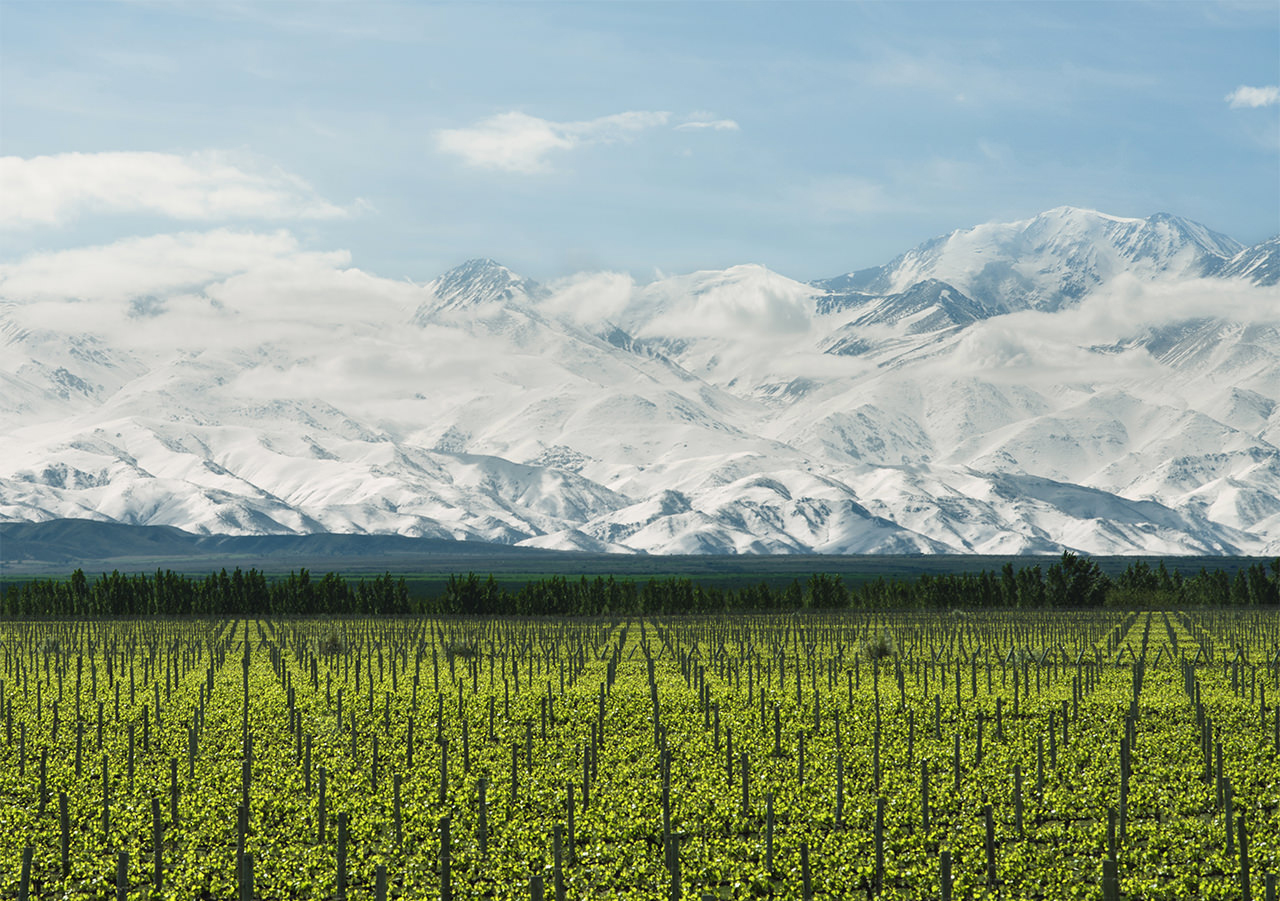
A pioneering spirit rooted in history, kept alive on our land.
It is All About Precision

Because the best grapes make the greatest wines, they are all carefully hand selected.
The Land of Malbec

Make a journey to discover the treasures of Argentinian terroir.
Our Land

Surrounded by the high peaks of the Andes, our vineyards are located in the heart of Mendoza’s Luján de Cuyo and Uco Valley.
Our wine is the story of our bond with the land, and the orchestration of extreme forces of nature to create a unique harmony.
Where Scarcity Leads to Generosity

The high-altitude climate, with its low rainfall, rocky soil, and lack of organic elements in the ground, forces vines to work hard for hydration and nutrients.
As a result, our grapes develop vivid, intense flavors.
Where Altitude Leads to Intensity
High altitude means warm, sunny days for grapes to flourish, followed by cold nights that slow down their ripening. It also limits acidity.
Each variety is associated to a specific altitude and is cultivated over terraced vineyards. This process helps produce the purest expression of each wine.
The Malbec Story

Thriving in the unique natural conditions of the Andean Mountains, Malbec has come to embody Argentinian identity.
Our Malbec wines epitomize generosity and intensity, offering a large variety of expressions and high-quality tannins. They are particularly appreciated for their silkiness and ample mouthfeel.
Winemaking in Argentina

Argentina, leading the cultivation of quality vineyards.
Argentina’s long-standing excellence in wine production is undeniable: as a winemaking country, Argentina enjoys the possibility of cultivating quality vineyards across the whole country.
Mendoza and Salta are among the leading wine provinces in the country. Mendoza is regarded as the leader of the vast majority of wine production, and Salta is home to some of the world’s highest elevated vineyards.
The Malbec Adventure

Exploring the amazing odyssey of one of the mosticonic Argentinian grapes.
It is a saga that can be traced back almost 2,000 years, a bond running between the Roman Empire and the high-altitude terraces of the Andes. Facing extinction in Europe, the Malbec grape variety found its new homeland in Argentina, where it rose from the ashes to become one of the flagships of the Argentina’s wine identity.
As it has been the case for centuries in France, today, it is considered among the 18 most noble grapes, its unique taste helping it to conquer the world once again.
So allow us to walk you through the fascinating story of Malbec!
A Key Witness to European History
Sometimes called Côt or Auxerrois, Malbec’s spiritual home is located around the city of Cahors in southwest France.
During the Roman period, the region was already renowned for the quality of its wines. As their fame was growing and overshadowing Italian wines, in 92 AD, the Emperor Domitian ordered the destruction of the vines. The command was never followed for reasons every wine lover can imagine.
In the Middle Ages, Malbec spread across Europe. In the 12th century, Eleanor of Aquitaine married Henry II, King of England and helped extend the wine’s fame throughout the kingdom, henceforth recognized as the “Black Wine of Cahors” for its deep plum-ebony tint.
The grape’s most glorious period coincided with the zenith of French influence over Europe during the reigns of Louis XIV and Louis XV. It spread to Northern European markets and Russia - Tsar Peter the Great was particularly smitten by it - to finally reach North-American shores in the 18th century.
At the turn of the turbulent 19th century, Malbec started to decline due to the Franco-British competition limiting commercial exchanges. Despite all the historical turmoil, it was a microscopic pest - the infamous Phylloxera - that struck the “coup de grâce”, destroying almost 100,000 acres of vineyards and putting a temporary end to the Malbec’s European odyssey.
The Treasure of The New World
Right here at Terrazas de los Andes , we are Argentinian, we are French, we are all vineyardists and work side-by-side every day. Each of us brought distinct and complementary know-hows from various experiences around the world, butall underpinned by a common passion to learn and innovate in a quest for the ultimate wine.
This is Argentina: a continuous mix of cultures inspired by the same values that drove our founder, which contributes to shaping a unique and living identity.
We are the heirs of long line of pioneers and adventurers, from the Spanish colonists who introduced the first vines in 1551 to the Italians, Spanish and French immigrants who come in the 1800′s to find a better life in Argentina. Developing the ancestral system of irrigation inherited from the Inca and Huarpe people, these pioneer civilizations imported European winemaking techniques and revolutionized local wine production.
What Makes Argentinian Wines so Special?
Some say it is about our character and passion, and who are we to deny it? But the true treasure that confers its vibrant identity upon Argentinian wine is to be found in the astonishing specificities of the nature surrounding us.
It is about the mainland strip of vineyards that run along the base of the Andes, lying between 800 and 1,600 meters (2,600 and 5,249 feet) above sea level, providing them with intense flavor and freshness.
It is about the fresh melted-snow waters irrigating the vines and the scarce rainfall guaranteeing plants natural health.
It is about the unique variability of the soil enabling us to cultivate quality vineyards and confering on our wines the authentic characteristics of their different terroirs.
Now let’s take a closer look at these two specific regions at the bedrock or Argentinian wine diversity.
Mendoza: The Heart of Argentinian Wine

Our home. Mendoza province stands as the main winemaking region of Argentina, producing as much as 80 % of the wine. Today it is one of the most prominent centers of the winemaking industry worldwide. If you want to walk the global wine route, you will have to visit us!
It is along the historical Luján de Cuyo area to the Uco Valley in the South-West that we established most of our vineyards, enjoying a great diversity of altitude terroirs to produce the finest Malbec and a great number of varieties: Cabernet-Sauvignon, Syrah, Merlot, Chardonnay….
Salta: An Extreme Harmony
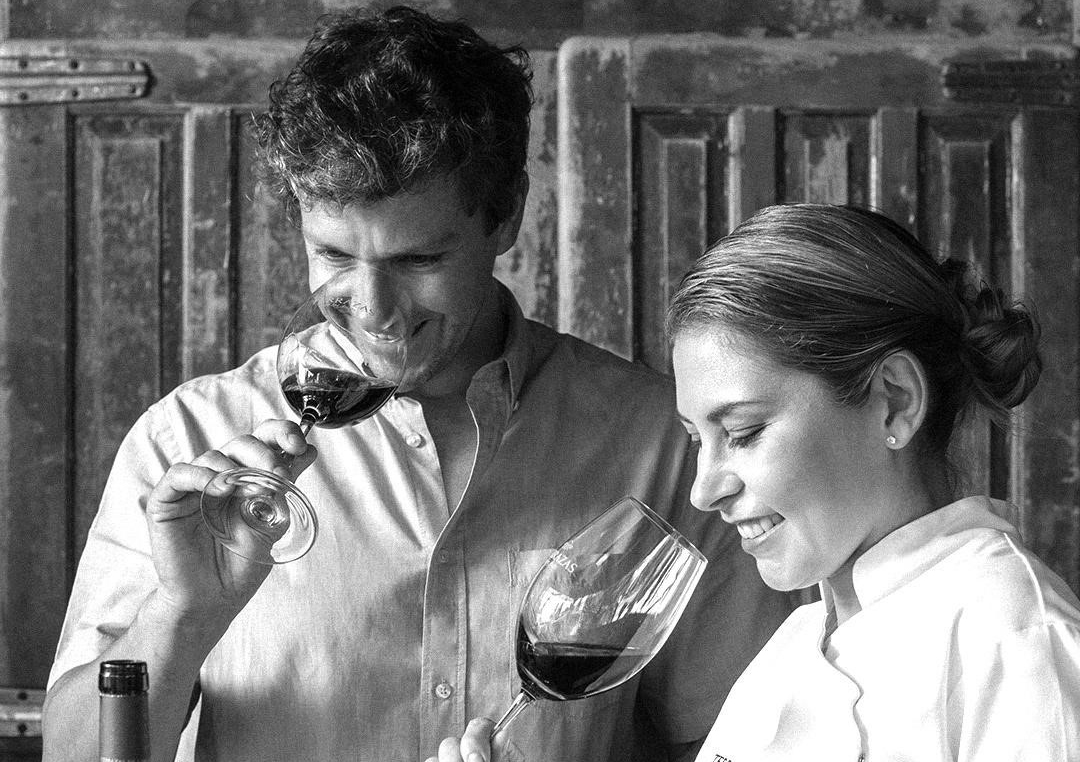
When it comes to high-altitude wines, the Salta province (Northern Argentina) is only one step below the sky.
This winemaking province is famous for the Torrontés, a fruity grape only planted in that is used to make one of the finest and most recognizable white wines in the world. It is considered to be one of the most genuine products of Argentina.
We Source our Water from the Andes

Our vineyards are located in semi-arid to arid areas. To allow the vines to grow, the use of irrigation is crucial. Thanks to an old system of channels, snowmelt waters are driven to the vineyards, for the plants to thrive.
Our Vineyards

After carefully considering different land characteristics, we selected our parcels to reveal the aroma of each grape variety.
Each parcel is segmented in sub-blocks so as to precisely consider the slightest variations, adapt and improve our viticultural practises. We are therefore able to achieve the best quality of each "micro-terroir", optimising fruit expression and wine precision.
El Yaima
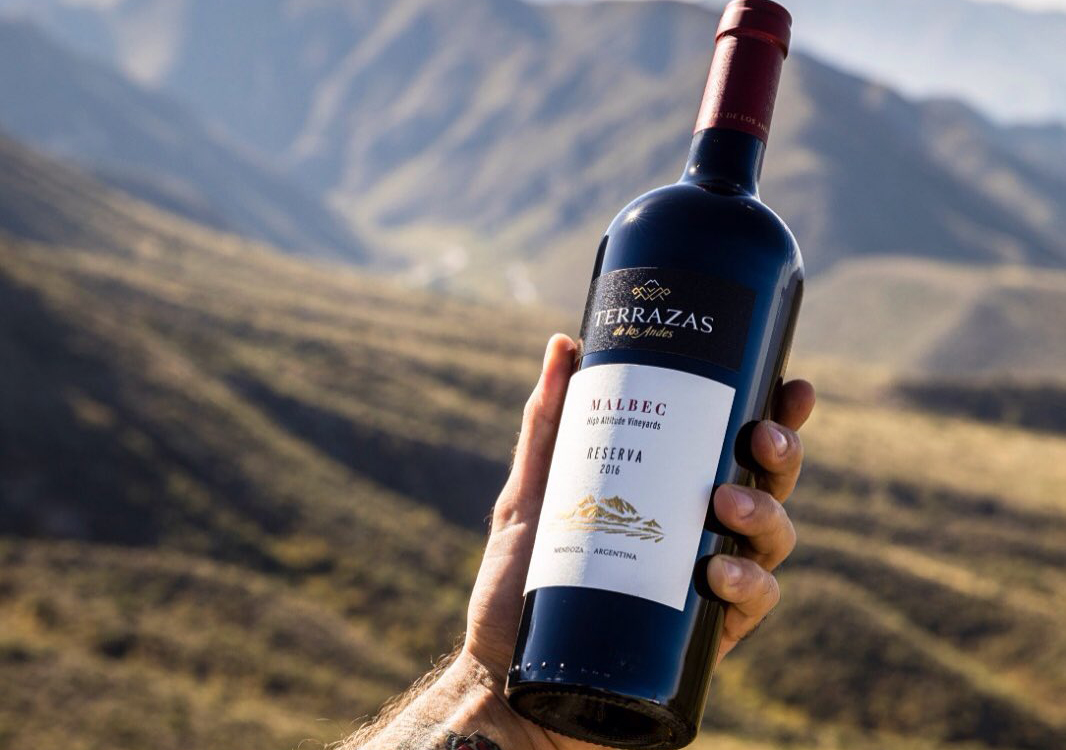
In the south, this vineyard is located in the department of San Carlos, in the Uco Valley region. It is named for the irrigation channel that brings water to the vineyards: El Yaima means "big channel" in the indigenous language.
Our Philosophy
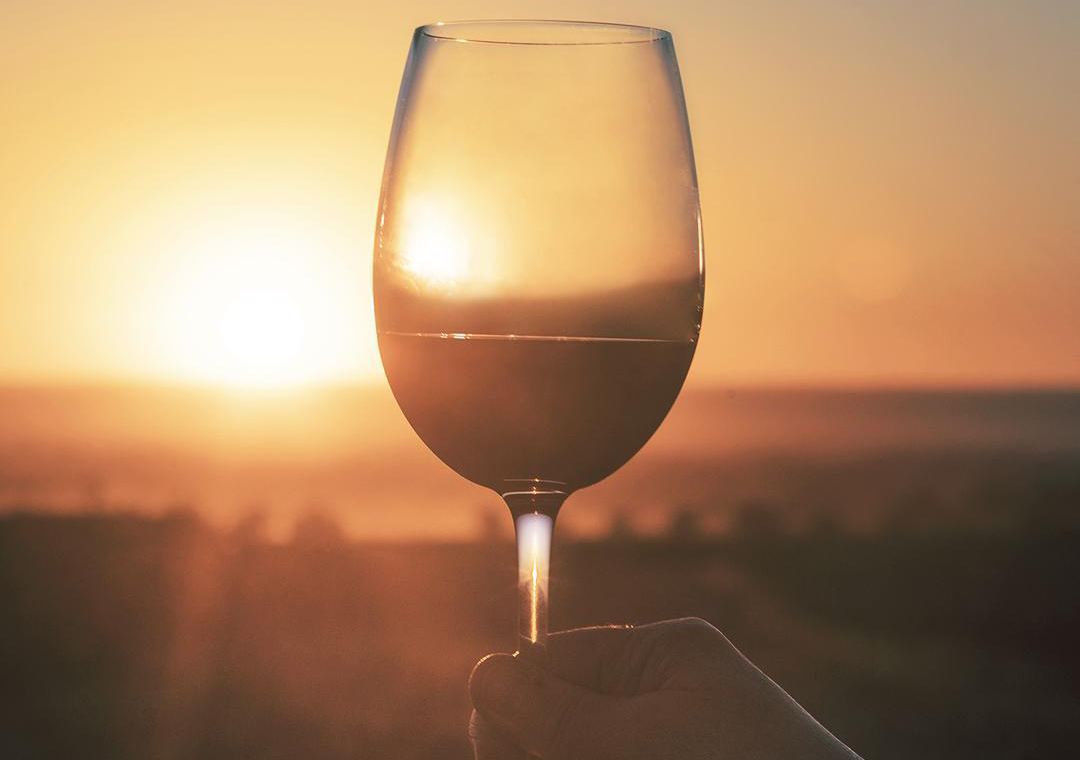
We are vineyard specialists first.
We believe in minimum intervention to allow the purest expression of the natural attributes of our high altitude terroirs.
Generosity is at the center of our philosophy, from the vine to wine.
Viticulture is About Precision
In the foothills of the Andes, even the slightest variations have a major influence on viticulture conditions: fertility, temperature, water availability, organic flora, sedimentary compaction....
We have meticulously investigated the nature of our soils over two decades. As a result, the vines planted in each "micro-terroir" are particularly well-adapted to their environment. The result is the purest expression of each variety.
Winemaking is About Attention to Detail

We believe in a daily commitment to attaining the utmost aromatic expression of each grape. This means carefully choosing the best period to harvest, handpicking the grapes, and sampling and tasting the fruit.
Then come the winemaker's patience and talent.
Precision Viticulture: Attaining The Purest Natural Expression
Because producing a great wine starts in the vineyards, discover how we select and work with ours.
There is one conviction that we all share here at the winery, which drives our efforts: a good wine comes from a good grape.
Our quest for excellence begins with viticulture. Like an architect at his drawing board, we compose using the amazing natural resources of our land to obtain the kind of harmony for each variety which allows it to achieve its maximum expression.
This means that we spent years deciphering every parcel’s uniqueness, its soil and the impact of altitude on its climate… to achieve a pioneering ambition: not to think in terms of a single terroir but as many terroirs as there are rows of vines.
But First Things First, Here is Why Terroir Matters so Much for Us
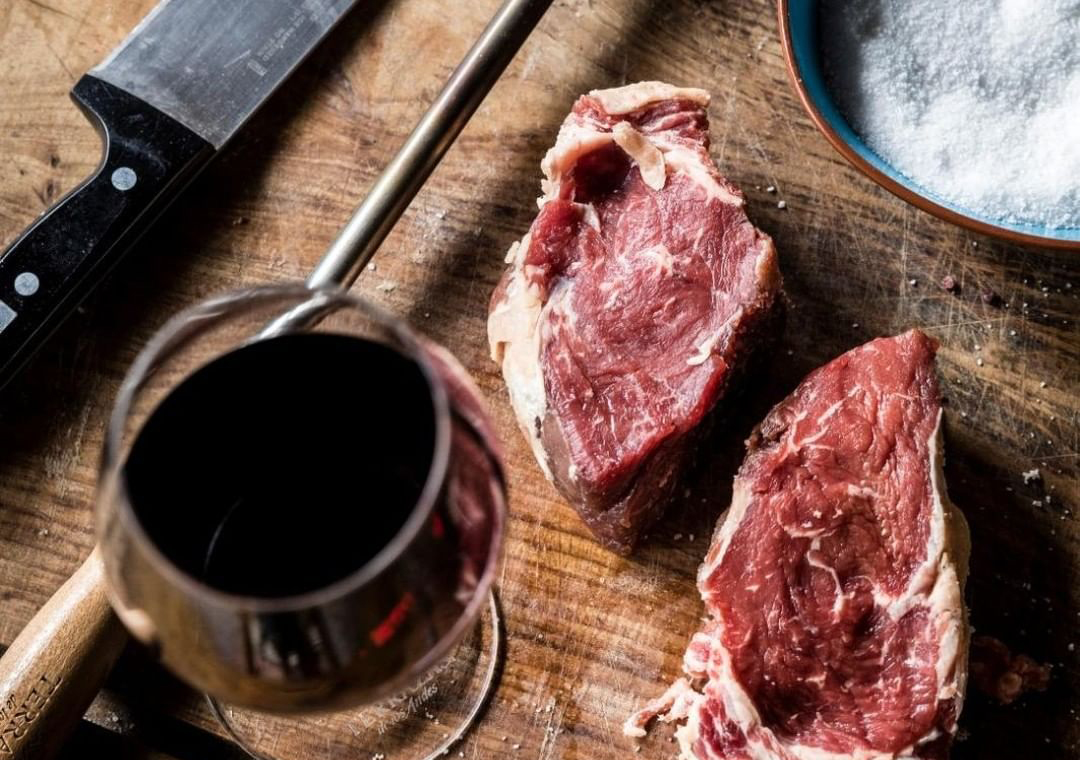
Simply put, terroir is how the environment affects the taste of wine.
It is about 3 main elements for the vineyardist to work with:
- The soil (the earth’s surface) and its geological composition.
- The climate, whether or not it is hot (it is in our case), the temperature variations, the rainfall, etc.
- The terrain, which includes factors such as altitude, flora, water availability, etc.
These are the major elements that determine a good vineyard and, as its end result, great wine. Therefore, as in any great terroirs of the world, knowing and understanding the terroir - in all its variability - is critical to adapting and improving viticultural practices specifically for each of them.
Reaching a Sustainable Harmony
Like our wines, our business is deeply rooted in its native environment, from the land on which our vines grow to the local community we are a part of.
Maintaining the delicate ecological balance and contributing to the welfare of local people has always been a vital priority for us.
Community Support
We regularly collaborate with local associations such as AMEN (multiple sclerosis), CONIN (childhood nutrition), the Notti Children’s Hospital, and others. We also help provide clean drinking water to 150 disadvantaged families in Altamira.
Products Terrazas de Los Andes
Terrazas de Los Andes
Fine Vintage Wines of Great Refinement

A pioneering spirit rooted in history, kept alive on our land.
It is All About Precision

Because the best grapes make the greatest wines, they are all carefully hand selected.
The Land of Malbec

Make a journey to discover the treasures of Argentinian terroir.
Our Land

Surrounded by the high peaks of the Andes, our vineyards are located in the heart of Mendoza’s Luján de Cuyo and Uco Valley.
Our wine is the story of our bond with the land, and the orchestration of extreme forces of nature to create a unique harmony.
Where Scarcity Leads to Generosity

The high-altitude climate, with its low rainfall, rocky soil, and lack of organic elements in the ground, forces vines to work hard for hydration and nutrients.
As a result, our grapes develop vivid, intense flavors.
Where Altitude Leads to Intensity
High altitude means warm, sunny days for grapes to flourish, followed by cold nights that slow down their ripening. It also limits acidity.
Each variety is associated to a specific altitude and is cultivated over terraced vineyards. This process helps produce the purest expression of each wine.
The Malbec Story

Thriving in the unique natural conditions of the Andean Mountains, Malbec has come to embody Argentinian identity.
Our Malbec wines epitomize generosity and intensity, offering a large variety of expressions and high-quality tannins. They are particularly appreciated for their silkiness and ample mouthfeel.
Winemaking in Argentina

Argentina, leading the cultivation of quality vineyards.
Argentina’s long-standing excellence in wine production is undeniable: as a winemaking country, Argentina enjoys the possibility of cultivating quality vineyards across the whole country.
Mendoza and Salta are among the leading wine provinces in the country. Mendoza is regarded as the leader of the vast majority of wine production, and Salta is home to some of the world’s highest elevated vineyards.
The Malbec Adventure

Exploring the amazing odyssey of one of the mosticonic Argentinian grapes.
It is a saga that can be traced back almost 2,000 years, a bond running between the Roman Empire and the high-altitude terraces of the Andes. Facing extinction in Europe, the Malbec grape variety found its new homeland in Argentina, where it rose from the ashes to become one of the flagships of the Argentina’s wine identity.
As it has been the case for centuries in France, today, it is considered among the 18 most noble grapes, its unique taste helping it to conquer the world once again.
So allow us to walk you through the fascinating story of Malbec!
A Key Witness to European History
Sometimes called Côt or Auxerrois, Malbec’s spiritual home is located around the city of Cahors in southwest France.
During the Roman period, the region was already renowned for the quality of its wines. As their fame was growing and overshadowing Italian wines, in 92 AD, the Emperor Domitian ordered the destruction of the vines. The command was never followed for reasons every wine lover can imagine.
In the Middle Ages, Malbec spread across Europe. In the 12th century, Eleanor of Aquitaine married Henry II, King of England and helped extend the wine’s fame throughout the kingdom, henceforth recognized as the “Black Wine of Cahors” for its deep plum-ebony tint.
The grape’s most glorious period coincided with the zenith of French influence over Europe during the reigns of Louis XIV and Louis XV. It spread to Northern European markets and Russia - Tsar Peter the Great was particularly smitten by it - to finally reach North-American shores in the 18th century.
At the turn of the turbulent 19th century, Malbec started to decline due to the Franco-British competition limiting commercial exchanges. Despite all the historical turmoil, it was a microscopic pest - the infamous Phylloxera - that struck the “coup de grâce”, destroying almost 100,000 acres of vineyards and putting a temporary end to the Malbec’s European odyssey.
The Treasure of The New World
Right here at Terrazas de los Andes , we are Argentinian, we are French, we are all vineyardists and work side-by-side every day. Each of us brought distinct and complementary know-hows from various experiences around the world, butall underpinned by a common passion to learn and innovate in a quest for the ultimate wine.
This is Argentina: a continuous mix of cultures inspired by the same values that drove our founder, which contributes to shaping a unique and living identity.
We are the heirs of long line of pioneers and adventurers, from the Spanish colonists who introduced the first vines in 1551 to the Italians, Spanish and French immigrants who come in the 1800′s to find a better life in Argentina. Developing the ancestral system of irrigation inherited from the Inca and Huarpe people, these pioneer civilizations imported European winemaking techniques and revolutionized local wine production.
What Makes Argentinian Wines so Special?
Some say it is about our character and passion, and who are we to deny it? But the true treasure that confers its vibrant identity upon Argentinian wine is to be found in the astonishing specificities of the nature surrounding us.
It is about the mainland strip of vineyards that run along the base of the Andes, lying between 800 and 1,600 meters (2,600 and 5,249 feet) above sea level, providing them with intense flavor and freshness.
It is about the fresh melted-snow waters irrigating the vines and the scarce rainfall guaranteeing plants natural health.
It is about the unique variability of the soil enabling us to cultivate quality vineyards and confering on our wines the authentic characteristics of their different terroirs.
Now let’s take a closer look at these two specific regions at the bedrock or Argentinian wine diversity.
Mendoza: The Heart of Argentinian Wine

Our home. Mendoza province stands as the main winemaking region of Argentina, producing as much as 80 % of the wine. Today it is one of the most prominent centers of the winemaking industry worldwide. If you want to walk the global wine route, you will have to visit us!
It is along the historical Luján de Cuyo area to the Uco Valley in the South-West that we established most of our vineyards, enjoying a great diversity of altitude terroirs to produce the finest Malbec and a great number of varieties: Cabernet-Sauvignon, Syrah, Merlot, Chardonnay….
Salta: An Extreme Harmony

When it comes to high-altitude wines, the Salta province (Northern Argentina) is only one step below the sky.
This winemaking province is famous for the Torrontés, a fruity grape only planted in that is used to make one of the finest and most recognizable white wines in the world. It is considered to be one of the most genuine products of Argentina.
We Source our Water from the Andes

Our vineyards are located in semi-arid to arid areas. To allow the vines to grow, the use of irrigation is crucial. Thanks to an old system of channels, snowmelt waters are driven to the vineyards, for the plants to thrive.
Our Vineyards

After carefully considering different land characteristics, we selected our parcels to reveal the aroma of each grape variety.
Each parcel is segmented in sub-blocks so as to precisely consider the slightest variations, adapt and improve our viticultural practises. We are therefore able to achieve the best quality of each "micro-terroir", optimising fruit expression and wine precision.
El Yaima

In the south, this vineyard is located in the department of San Carlos, in the Uco Valley region. It is named for the irrigation channel that brings water to the vineyards: El Yaima means "big channel" in the indigenous language.
Our Philosophy

We are vineyard specialists first.
We believe in minimum intervention to allow the purest expression of the natural attributes of our high altitude terroirs.
Generosity is at the center of our philosophy, from the vine to wine.
Viticulture is About Precision
In the foothills of the Andes, even the slightest variations have a major influence on viticulture conditions: fertility, temperature, water availability, organic flora, sedimentary compaction....
We have meticulously investigated the nature of our soils over two decades. As a result, the vines planted in each "micro-terroir" are particularly well-adapted to their environment. The result is the purest expression of each variety.
Winemaking is About Attention to Detail

We believe in a daily commitment to attaining the utmost aromatic expression of each grape. This means carefully choosing the best period to harvest, handpicking the grapes, and sampling and tasting the fruit.
Then come the winemaker's patience and talent.
Precision Viticulture: Attaining The Purest Natural Expression
Because producing a great wine starts in the vineyards, discover how we select and work with ours.
There is one conviction that we all share here at the winery, which drives our efforts: a good wine comes from a good grape.
Our quest for excellence begins with viticulture. Like an architect at his drawing board, we compose using the amazing natural resources of our land to obtain the kind of harmony for each variety which allows it to achieve its maximum expression.
This means that we spent years deciphering every parcel’s uniqueness, its soil and the impact of altitude on its climate… to achieve a pioneering ambition: not to think in terms of a single terroir but as many terroirs as there are rows of vines.
But First Things First, Here is Why Terroir Matters so Much for Us

Simply put, terroir is how the environment affects the taste of wine.
It is about 3 main elements for the vineyardist to work with:
- The soil (the earth’s surface) and its geological composition.
- The climate, whether or not it is hot (it is in our case), the temperature variations, the rainfall, etc.
- The terrain, which includes factors such as altitude, flora, water availability, etc.
These are the major elements that determine a good vineyard and, as its end result, great wine. Therefore, as in any great terroirs of the world, knowing and understanding the terroir - in all its variability - is critical to adapting and improving viticultural practices specifically for each of them.
Reaching a Sustainable Harmony
Like our wines, our business is deeply rooted in its native environment, from the land on which our vines grow to the local community we are a part of.
Maintaining the delicate ecological balance and contributing to the welfare of local people has always been a vital priority for us.
Community Support
We regularly collaborate with local associations such as AMEN (multiple sclerosis), CONIN (childhood nutrition), the Notti Children’s Hospital, and others. We also help provide clean drinking water to 150 disadvantaged families in Altamira.
Products Terrazas de Los Andes
-
Terrazas de Los Andes - Terrazas Malbec Single Parcel Los Cerezos - Malbec -...
Balanced, aromatic and with good acidity A wine that expresses one of the most appreciated plots of Malbec: Los Cerezos, parcel n ° 10W in the district of Las Compuertas (1,070m), in Luján de Cuyo. Its ungrafted vines, planted in 1929, offer a low yield and produce round, soft and extremely aromatic Malbec.
75,00 € -
Terrazas de Los Andes - Terrazas Grand Malbec - Malbec - Red Wine - Luxury...
Structured, complex and rare. The maximum expression of Malbec, which comes from the assembly of 14 selected plots in three of the best high altitude vineyards: Las Compuertas (1,070 m) in Luján de Cuyo, Paraje Altamira (1,100 m) and Los Chacayes (1,200 m) in the Valle de Uco.
41,50 € -
Terrazas de Los Andes - Terrazas Selection Malbec - Malbec - Red Wine -...
Consistent, direct and with good acidity. Selection Malbec is the heart of Terrazas and brings together over 100 high-altitude Malbec plots, located in Luján de Cuyo (Las Compuertas) and Valle de Uco (Gualtallary, Los Chacayes, Paraje Altamira and Eugenio Bustos).
19,90 €



